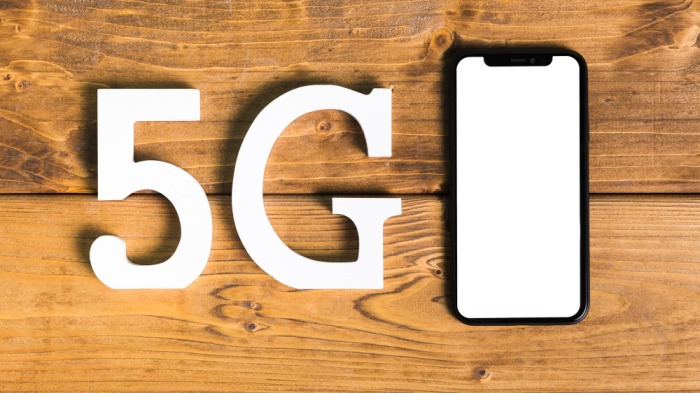Do you recall the oversized flip phones from the early 2000s? Imagine if those bad boys were to receive a high-tech makeover, evolving into svelte, compact tablets with incredibly flexible displays. The current trend in the mobile industry, foldable cell phones, works like magic. But are they all just hype, or are they worth the high cost? Let’s get started and expose the reality!
From Brick to Bend: An Advancement in Technology
The initial iterations of foldable phones were unwieldy, costly, and rife with malfunctions, much like awkward teens. However, just like those teens, presumably, technology has grown. With their more powerful CPUs, sleeker, thinner displays, and creative designs, today’s foldables compete with premium smartphones. Companies like Xiaomi, Huawei, and Samsung lead the way with distinctive products like the book-style Galaxy Z Fold and the clamshell-inspired Razr.
Why, thus, fold your phone? Well, these phones have a few distinct benefits that could convince you to try them out:
- Portable Powerhouse: Are you fed up with carrying a heavy tablet? Foldables are ideal for viewing movies or playing games on the move since they have a vast, immersive screen that folds down to the size of a standard phone. Envision pulling out your phone while riding the train and having an immersive movie-like experience!
- Taking on multiple tasks at once Maestro: Do you recall the times when you frequently switched between apps? With foldables, you may divide your screen to work on two projects simultaneously. Consider jotting notes while referring to a webpage or revising a paper while monitoring your email. Your ability to multitask just got much more accessible.
- Camera Chameleon: A few foldables include innovative camera configurations that open up new creative avenues for photography. For example, the Razr’s quick view screen makes taking selfies easy, while the Z Fold’s concealed rear display allows you to use the primary camera for selfies. These features are ideal for conveniently and creatively preserving memories.
But foldable are not without their shortcomings:
Expensive Punch: Usually twice or even double the price of a standard flagship phone, these beauties are pricey. Hurt! You’ll have to be ready to commit a substantial sum of money.
Durability Dilemma: Despite being more resilient than traditional phones, displays are more prone to scratches and other damage. They need a little extra care, so handle them gently!
Bugs in the software: Apps explicitly designed for foldable devices are still developing, and some may need to be completely suited for the various screen sizes. There may occasionally be bugs or restrictions.
Check this out: Budget-Friendly Alternatives to Galaxy Z Flip 3
Conclusion: Should I fold or not? Analyzing Your Choices
The final response will rely on your needs and financial situation. A foldable phone might be well worth the investment if you’re a tech enthusiast who is always on the lookout for the newest advancements, values having a big screen in a portable design, and has the extra cash to spend. But a conventional flagship could be a better option if you’re on a tight budget, value robustness and broad app compatibility, or are just wary of new technologies.
The Folding Future: A View Into Tomorrow
Although foldable smartphones technology is still in its infancy, its potential is obvious. We may anticipate ever-more inventive designs and functionalities as technology advances and costs decrease. Think about folding phones that seamlessly integrate with other devices, with flexible screens that can fold many times and wraparound displays. Foldable phone technology has a bright and promising future.
Therefore, even if they may not be widely used now, foldables are undoubtedly something to watch. These might usher in fascinating new ways to connect with our gadgets and represent the future of mobile technology. Recall that the ideal phone is the one that meets your requirements and tastes. Investigate, balance the benefits and drawbacks, and go on your mobile adventure!









